May is the month in which spring migration basically comes to an end in Shanghai. The month starts with many birds and ends with very few – but some of those are quite spectacular. So, particularly near the end of May, we have the usual mixture of boredom and excitement that birdwatchers all over the world are familiar with.
To defend itself from being accused of being boring at dinner parties, the Brown-breasted Flycatcher proudly points to its orange feet. Much like a Chartered Accountant proudly showing his small tasteful ankle tattoo.
Fittingly, eBird calls it a “dull but rather cute flycatcher”.

Last month, I showed you a Chestnut Bunting. Here’s another one.

Apparently, the species name rutila means “red, golden red, reddish yellow”, which sounds a bit like a contradiction in itself.

But it looks rather attractive.

As does the Chinese Pond Heron. For those with a morbid streak, I suggest checking out the paper “Genetic Characterization and Pathogenesis of Avian Influenza Virus H3N8 Isolated from Chinese Pond Heron in China in 2021″.

The HBW distribution map of the Masked Laughingthrush shows it to be common in Shanghai – in fact, it is rather rare.

The English name “Masked” makes more sense than the scientific name perspicillata, or “spectacled” (unless with spectacles you mean those wrap-around sunglasses preferred by pimps and professional bullshitters).

The species is a cooperative breeder – chicks from previous breeding attempts help bringing up the next batch of chicks, like baby-sitting teenagers, though the latter are not related to the kids they babysit and also mainly do it for money, so I guess these two things are not really comparable at all.

If there ever was a misnamed bird, it is the white-faced morph of the Black Bulbul.

It is well known that chicks of this morph immediately start having an identity crisis when combining the knowledge of their species name with the information gathered from a look in the mirror.

Fortunately, this is not an issue for the White-shouldered Starling.

Apparently, the bird can warm itself if it gets cold. Of course, in a scientific paper, this finding is phrased differently: “These data show that white-shouldered starlings exhibit high phenotypic flexibility in metabolic adjustments and digestive function under temperature acclimation, consistent with the notion that small birds cope with the energy challenges presented by a cold environment by modulating tissue function in a way that would affect BMR.” Hurray for science.

Richard’s Pipit is a rather aristocratic-looking pipit. If the tree sparrows ever start a revolution, this species is likely to be among the first to be lined up against a wall and shot.

Interestingly, Richard’s Pipit seems to be one of the relatively few species traveling from East to West rather than from North to South, and also establishing new migration locations (source). Vagrancy may be a mechanism to establish such new locations.

Japanese Sparrowhawks are not vegetarians. As those who are not into protecting the environment would probably like to point out, “People don’t kill birds. Birds kill birds”.

“I don’t need a gun to kill birds”

According to the second amendment of the constitution established among Japanese Sparrowhawks, the right to kill other birds cannot be denied.

I know I just published a separate post on the Japanese Paradise Flycatcher. However, a few days after the publication, I saw another one – and due to the lack of a functioning time machine, I could not incorporate those new photos into the earlier post. So, here are some more photos. Think of them as the bonus tracks on a CD that is released a few months after the original release (to make eager fans spend more money).

Edvard Munch, “The Scream”, Ornithological Version


“I would never wear such a long tail if the females weren’t so bloody choosy”

“Care for a spider?”

The Yellow-rumped Flycatcher mostly nests in cavities of tree trunks.

The main reason for breeding failure is not predation, i.e., the chicks being eaten (source).

Rather, it is competition from other cavity nesters (think eviction from your apartment, or read “Evicted: Poverty and Profit in the American City” by Matthew Desmond if you want to learn about the US equivalent).
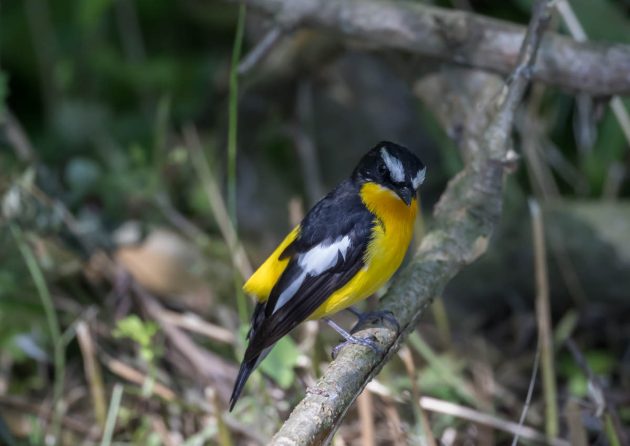
While the main species photo on the HBW page was taken by me, it is not very good. The one below is better.

I know I also showed some photos of the Oriental Scops Owl last month. But I am not going to apologize for showing some more.

Let’s face it: if you don’t like owls, we cannot be friends anyway.

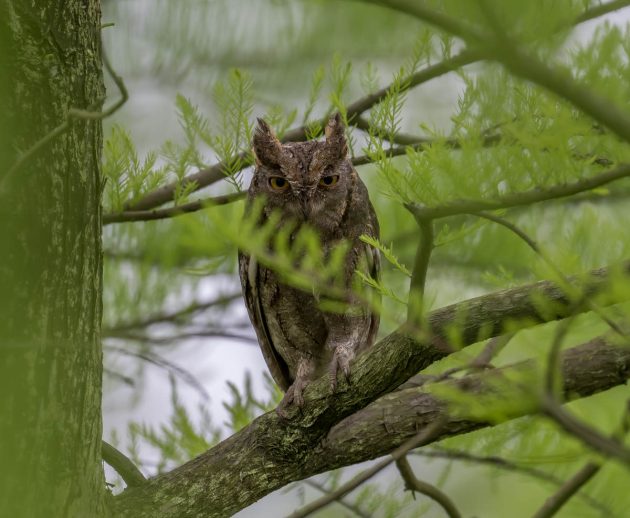
The Bluethroat photos this month mainly focus on the female – my small contribution to women’s rights (and a stark contrast to my April post).



If a male Daurian Redstart is still seen at Nanhui in mid-May, likely, its desire to breed is not higher than mine.

Siberian Rubythroat: ditto.

This bird is still at least 1000 km away from its breeding grounds.

Maybe it thinks that not having chicks will help the environment, but I guess that really only applies to humans.

Brown Shrikes are generally known for their exquisite taste in food, and when arriving at in an unfamiliar city, I often ask them for dining advice. However, as this photo shows, they are also perfectly capable of enjoying hearty street food.


For some reason, seeing a Forrest Wagtail in Shanghai is still kind of interesting – mainly because it is a somewhat rare sight. It is a rather boring bird though.
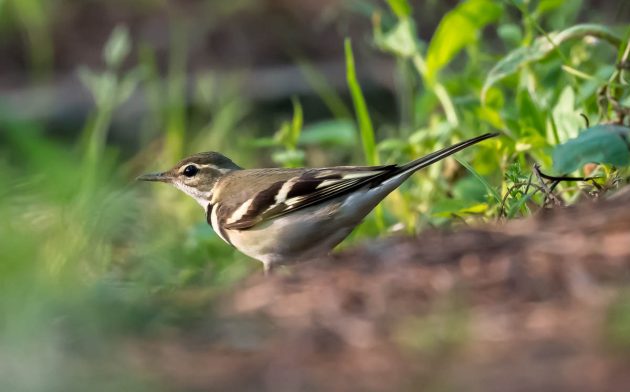
The Grey-crowned Warbler does not only look somewhat similar to Alstroem’s Warbler but also is named after a vain ornithologist, Edward Grey-Crowned (*1955). Surprisingly, he kept this double name even after his highly acrimonious divorce from Alicia Crowned, a feted but somewhat capricious fashion model.

A recent overseas visitor was surprised to hear that Large-billed Crows are a rarity in Shanghai.

There was more on them in a recent Hokkaido post, where they are one of the most common bird species.

The Lesser Coucal has recently looked at a name change and asked me for advice. So, I looked up synonyms for “Lesser” and came up with the following (source):
- insignificant
- minor
- a notch under
- bottom
- bush
- bush-league
- dinky
- less important
- low
- lower
- minor-league
- nether
- second-fiddle
- second-string
- slighter
- small
- small-fry
- small-time
- subjacent
- subordinate
- third-string
- undersized
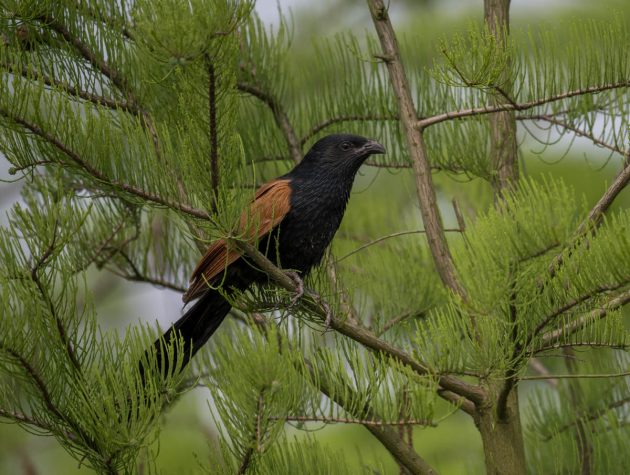
We then agreed that none of these alternatives really represent a major improvement from the current name.

In contrast, the Mugimaki Flycatcher is quite happy with its name stating that it gives it “a certain exotic aura which plays well with the females of the species”.

Similar to the Bluethroat shown above (and of course many other species), the species name of the Siberian Blue Robin, cyane (dark blue) only applies to the male.

But to that it applies very well indeed.


Radde’s Warbler: a warbler that at least has the decency of being halfway easy to identify due to its characteristic song. Should be a role model for other warblers.

Yes, this is a snipe. I am afraid if I told you which snipe, I would have to kill you.

This is probably a Taiga Flycatcher. Unless it is a Red-throated Flycatcher, in which case it is not a Taiga Flycatcher.

Yes, I do not particularly like photos of huge flocks of Shorebirds either.




A punk Rufous-tailed Robin

For reasons not quite clear to me, the name of this bird is Blue Rock Thrush (even though it is not particularly blue – more greyish-blue and reddish) …
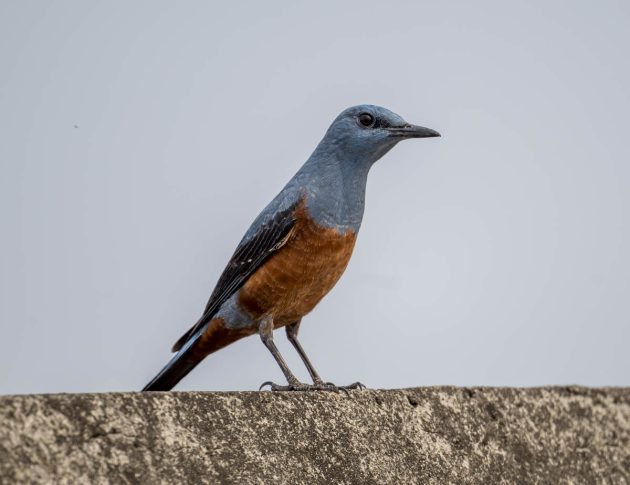
… while this bird is called White-throated Rock Thrush (even though it has a much more convincing blue color and only a tiny white spot on its throat).


And finally, a Whimbrel in its typical habitat on a concrete wall.


Source link

